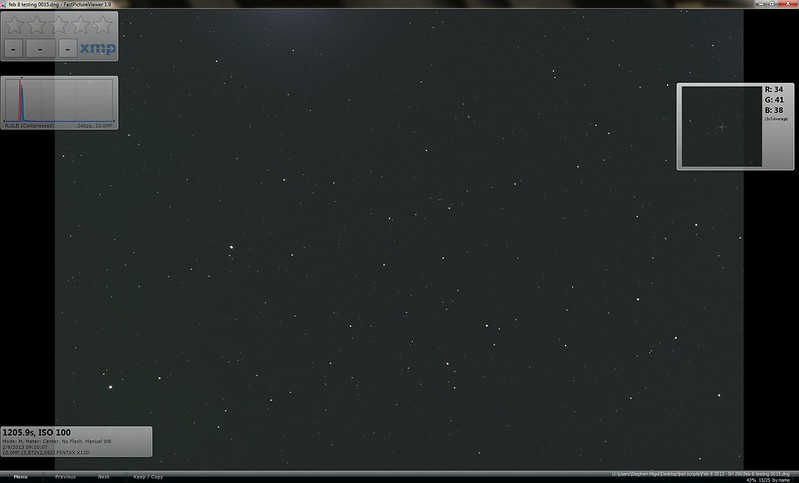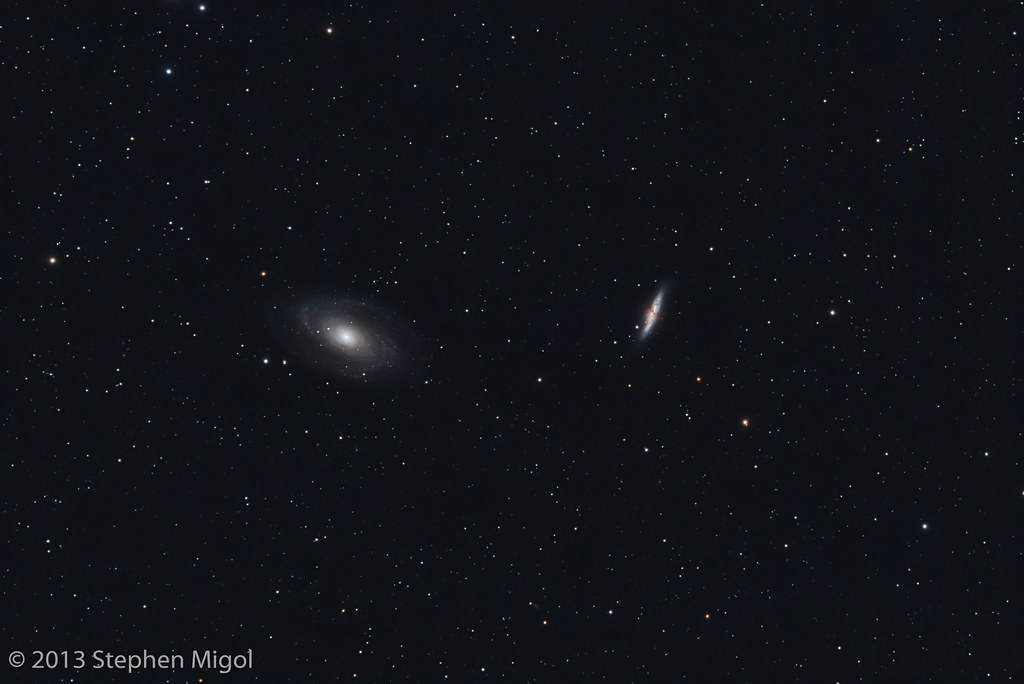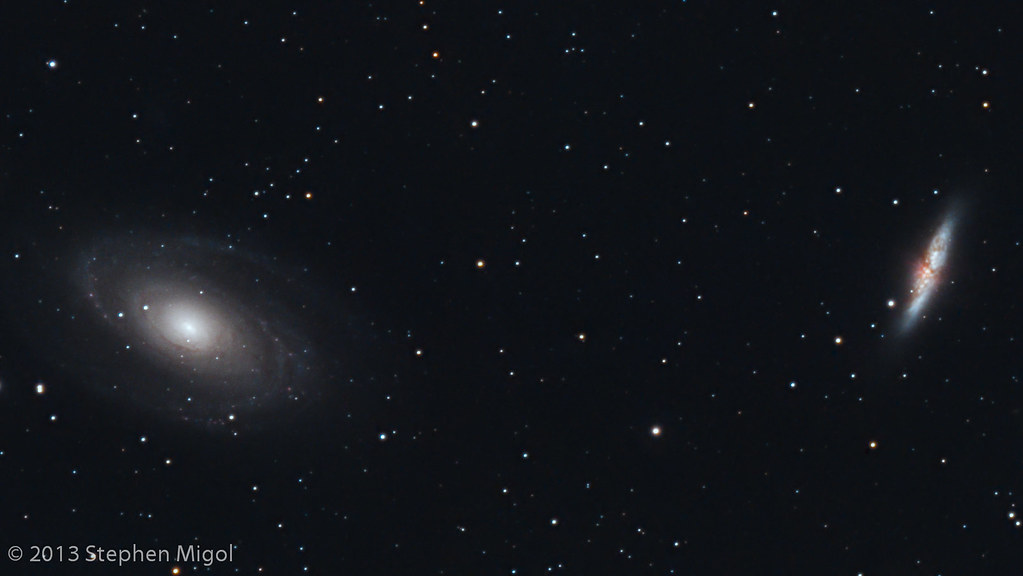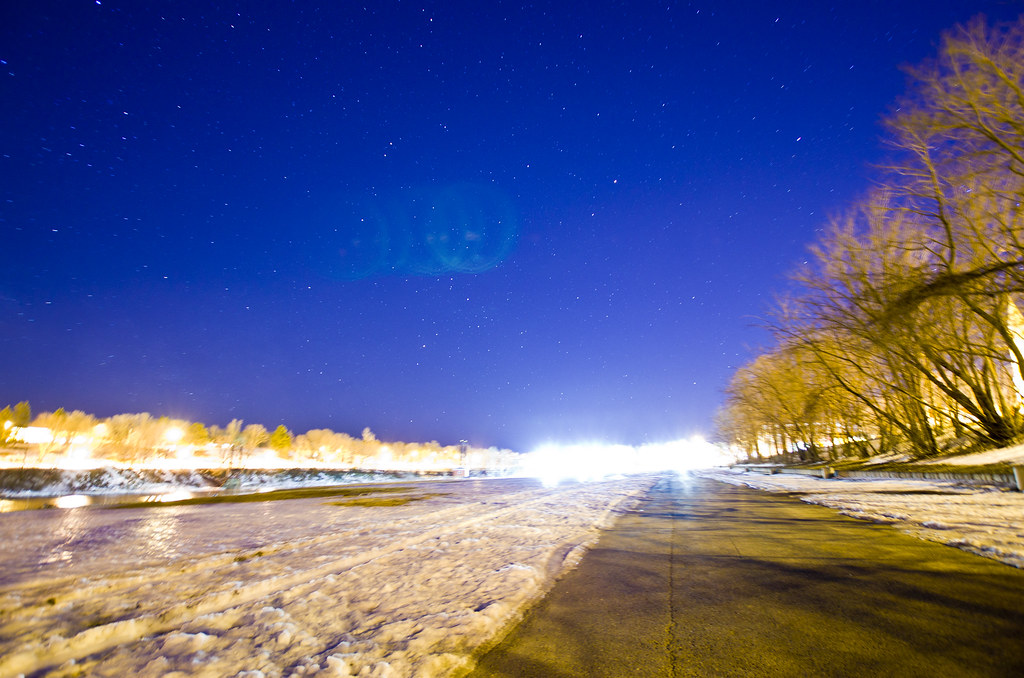I've been messing with a deep, dim object for testing and while it's really ugly, it does show what can be done with a lot of subs and patience.
To give an idea of how dim this object is, take a look at just one 1200 second sub at 100 ISO:

See how the histogram is well clear of the left side, indicating that the exposure is now limited by skyglow. The amp glow is plainly visible in the upper part of the frame, showing the limits of this K10D. Even at 4C, this glow remains visible. The pixel value readout in the floating window to the upper right (34, 41, 38) is from the center of the screen. Also see that the nebula is not visible, even though it's in the dead center of the field of view. After collecting a ton of these shots over nearly 10 nights, I had something to use.
Once I stacked up the data and put it through calibration in Maxim and then DSS, I could see that PixInsight's STF tool showed the nebula plainly, even though it was just above a ton of noise:

The image on the left is the stack just after DBE, the image on the right is after a bunch of work to stretch and mask for noise reduction and curves. This stack is from 76 subs - each at 1200 seconds at 100 ISO, just like the one above, for a total of 25 hours of integration time.
My final - at least until I get data under a darker sky than home - is this one, where I reworked the curves:

It's ugly. The sky is mottled because of the local light pollution. I can't drive this down because even after stretching, the nebula is still just barely above the noise.
See how the "after" picture in the side by side is darker, but much of the nebula is lost compared with this final version.
There are dust motes that cause light spots from mis-matched flats. This is not surprising because I was working on tightening mount screws and messing with the camera cooler, so I missed a day or two of flats.
I'm looking forward to some easy galaxies in Virgo.



 Similar Threads
Similar Threads 


















 Hope this weather gets better so I could use my o-gps and recently acquired Tair 3s 300mm.
Hope this weather gets better so I could use my o-gps and recently acquired Tair 3s 300mm.





 Post #1208 by mikeSF
Post #1208 by mikeSF








